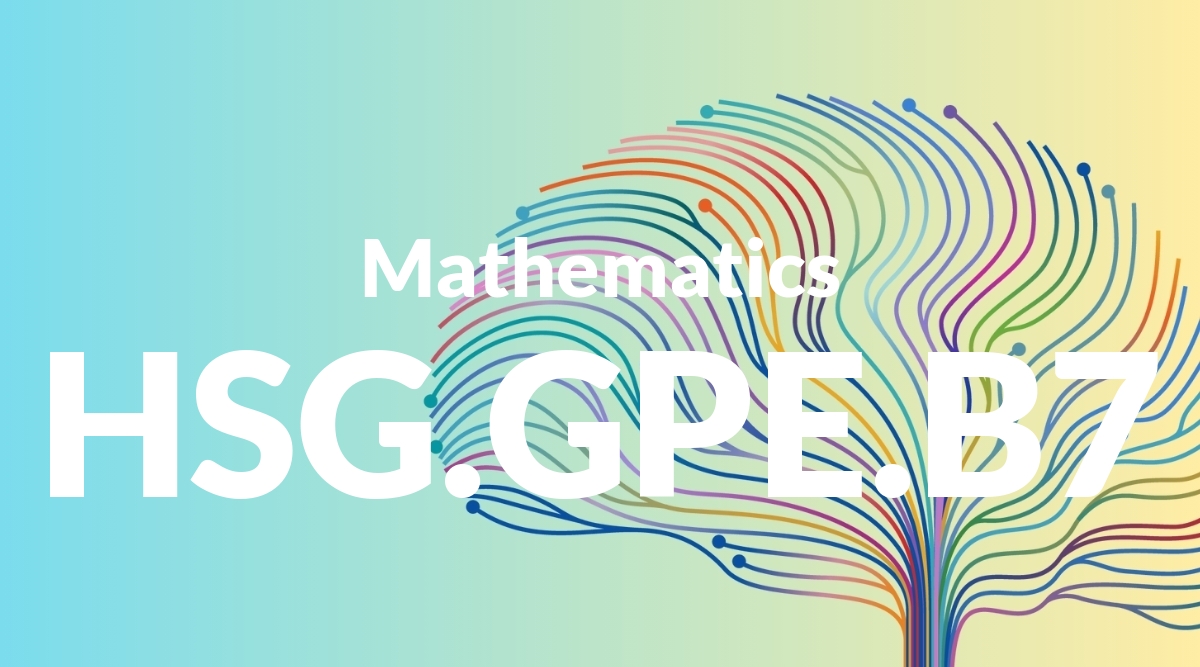Standard: 7.NS.A1a – Describe situations in which opposite quantities combine to make 0. For example, a hydrogen atom has 0 charge because its two constituents are oppositely charged.
Grade level: Grade 7
Subject: Mathematics
Domain: The Number System
Teacher Overview
This standard focuses on helping students understand how opposite quantities, when combined, result in zero. This concept is crucial as it lays the foundation for more advanced topics in algebra and real-world applications. Understanding this standard will help students grasp the idea of balance and neutrality in various contexts. Students should be comfortable with positive and negative numbers and basic arithmetic operations involving these numbers. They should also understand the concept of zero and its role in arithmetic.
Mastering this standard will enable students to tackle more complex algebraic expressions and equations. They will also be able to apply the concept of balance and neutrality in real-world situations, enhancing their problem-solving skills.
Common Misconception 1
Some students may think that combining opposite quantities always results in a positive number. This misconception arises from a lack of understanding of how opposite quantities cancel each other out.
Intervention 1
To address this misconception, use visual aids like number lines or balance scales to demonstrate how opposite quantities neutralize each other to make zero.
Common Misconception 2
Another common misconception is that zero is a positive number. Students might think this because they are more familiar with positive numbers in everyday life.
Intervention 2
Clarify that zero is a neutral number by providing examples where zero represents a balance point, such as a neutral pH or a balanced budget.
Prerequisite Knowledge
Students should have a basic understanding of positive and negative numbers, as well as the concept of zero. They should also be familiar with simple arithmetic operations involving these numbers.
Subsequent Knowledge
After mastering this standard, students will be able to apply the concept of opposite quantities combining to zero in more complex algebraic expressions and equations. They will also understand how this concept applies to real-world situations involving balance and neutrality.
Instructional Activities
- Use number lines to visualize how opposite quantities combine to make zero.
- Create real-world scenarios where students must identify and combine opposite quantities.
- Conduct experiments that involve neutralizing opposite quantities, such as mixing acids and bases.
- Use financial literacy exercises to show gains and losses balancing out.




